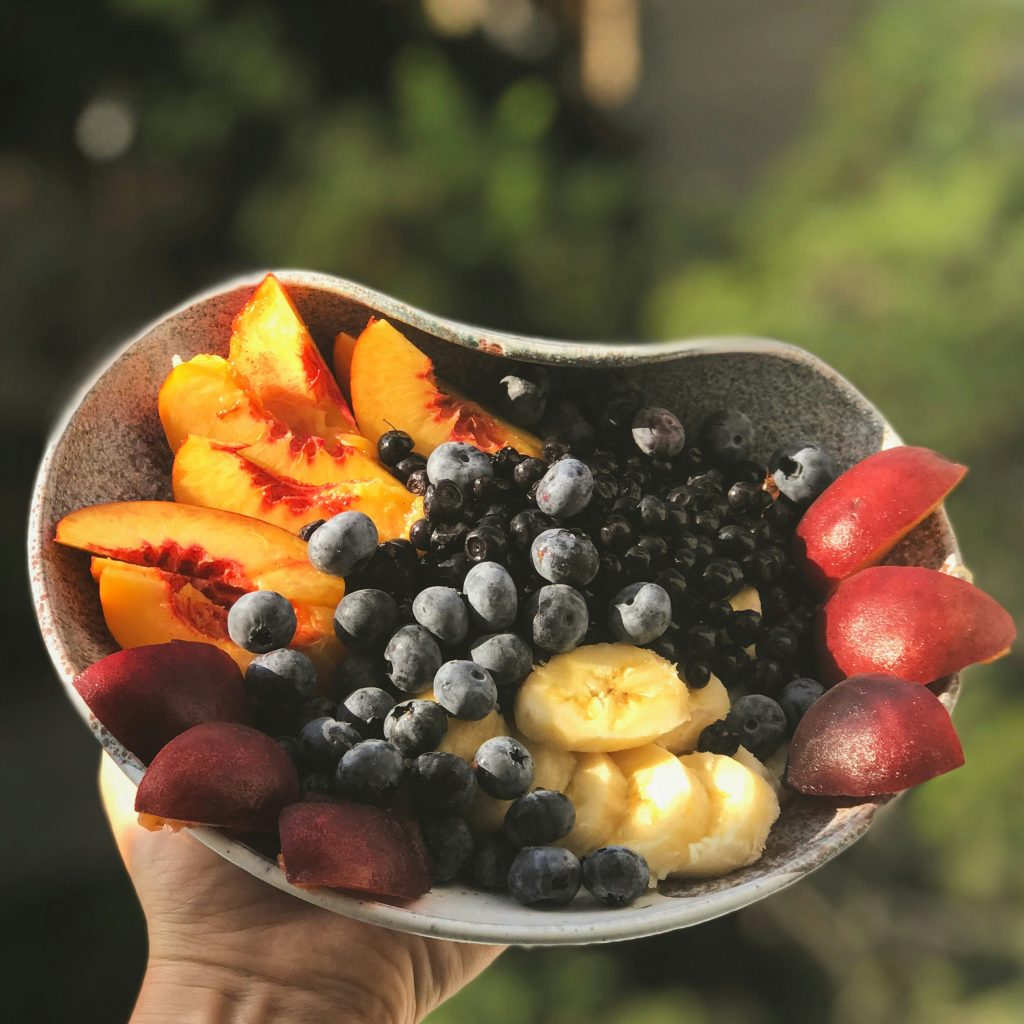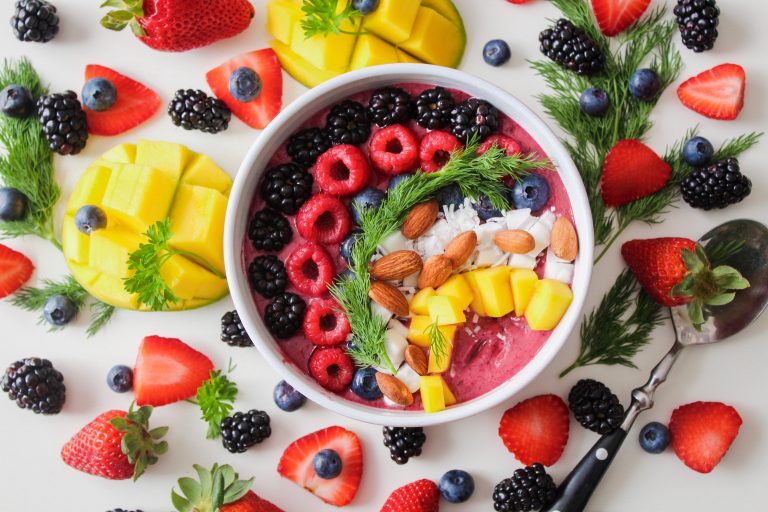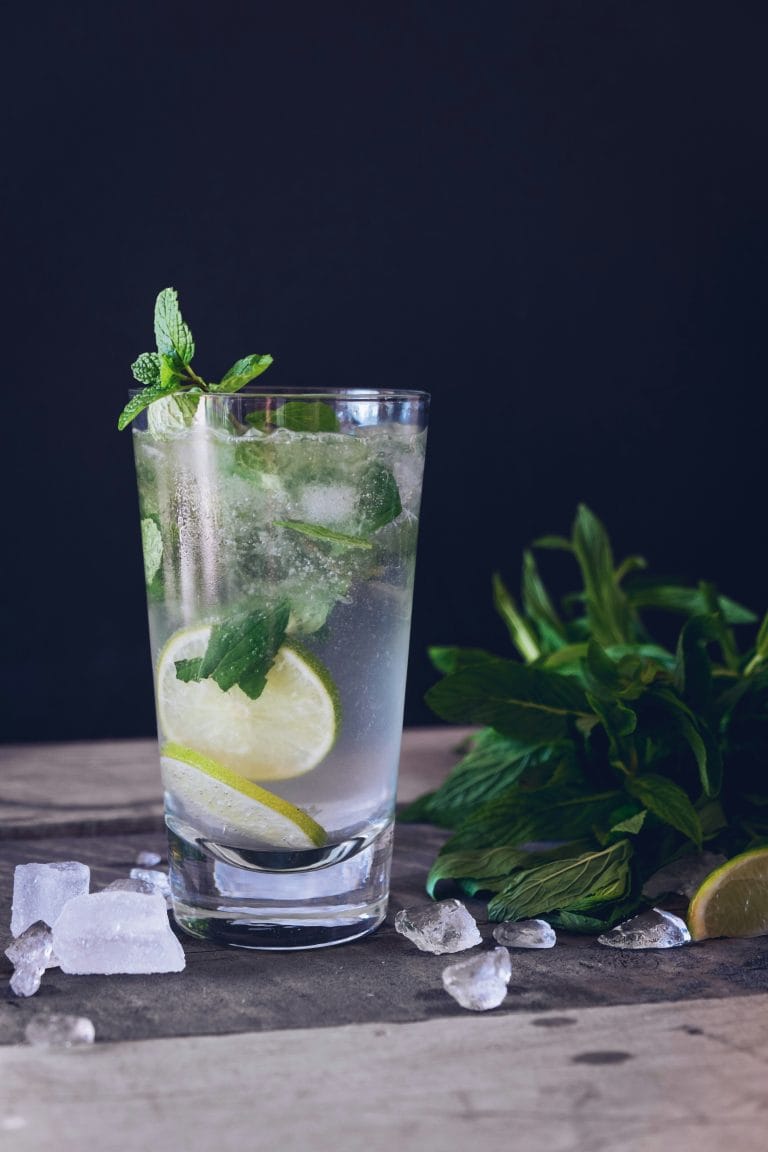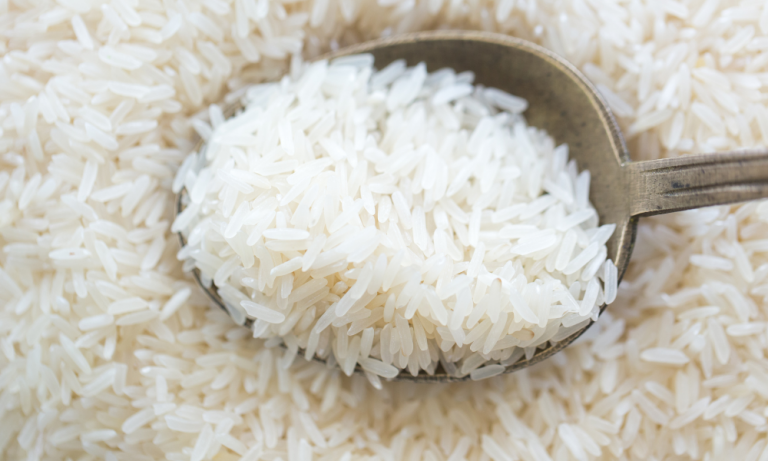How I Traded Sugary Snacks for Real-Food Fruit Snack Packs
This post contains affiliate links. Click here to read my affiliate policy.
Last Updated on May 2, 2025

It started with a crumpled granola bar wrapper under the couch. Then another in my car, and a few more tucked into the corners of my son’s backpack. I wasn’t shocked, just a little disappointed. Somewhere along the way, our snack stash had turned into a collection of shiny packages filled with ingredients I couldn’t pronounce. What used to be “just a little treat” had quietly become a daily habit.
I’ve always tried to feed my family well. We lean toward paleo meals and do our best to stick with real food, but snacks felt like the exception. They were quick wins during a busy week, something to keep the peace at school pickup or to tide us over between meals. But the more I paid attention, the more I realized how much sugar had snuck in through those tiny packages.
So, I made a change. It was not a dramatic overhaul, just a shift toward snacks that felt good after we ate them, ones with ingredients I recognized, ones I wouldn’t mind my son reaching for twice in one afternoon.
Why I Ditched Sugary Snacks
For a while, I convinced myself that the snacks I was buying were “healthier” than most. The boxes promised things like “made with real fruit” or “no high-fructose corn syrup.” But labels can be misleading. A closer look revealed added sugars hiding behind names like cane juice, glucose syrup, and brown rice syrup. Some of them packed more sugar than dessert.
It wasn’t just about what was on the label. My son would eat a fruit strip and bounce off the walls, then crash thirty minutes later. I noticed the same pattern in myself—those familiar mid-afternoon energy dips after something sweet. There was also the bloating, sluggishness, and that odd feeling of still being hungry not long after snacking.
We were doing well with meals, but our snacks weren’t holding up their end of the deal. They were convenient, yes, but they weren’t supporting the kind of health I wanted for us.
My Criteria for Real-Food Replacements
When I decided to replace the sugary snacks, I knew the new options had to match how we eat at home: simple, nourishing, and made from real food.
I started reading labels like I read recipes. If it sounded like something I could make in my kitchen, it stayed. If it read like a science experiment, it didn’t. No artificial flavors, no dyes, and absolutely no added sugars trying to pass as “natural.”
But convenience mattered, too. I didn’t have time to prep elaborate snacks every week. That’s when I started leaning on freeze-dried fruit, mixed nuts, and probiotic-rich options—real food packaged in a way that fit our daily rhythm.
My Favorite Upgrade: Probiotic Fruit Snack Packs
One of the easiest and most surprising swaps I made was trading in sugary fruit snacks for ones that actually offered something nourishing. I tested a few brands, but the clear winner was a bag of probiotic fruit snack packs I picked up on a whim. They were from Nature’s Garden, and what stood out right away was the ingredient list: actual fruit, plant-based probiotics, and no added sugar.
I wasn’t sure how they’d go over at home, but the first time I offered one to my son, he lit up. They tasted like candy without the crash. He started asking for them in his lunchbox, and I found myself keeping a few in my purse. Now I always have a stash of real-food fruit snack packs on hand for long errands or that stretch between lunch and dinner.
They’ve become a favorite around here because they hit the sweet spot—literally—without undoing all the effort we put into eating well.
Other Real-Food Snack Wins
The changes didn’t stop with fruit snacks. I found other staples that made snack time simpler and cleaner. A handful of almonds or cashews, a boiled egg with sea salt, or sliced cucumbers with guacamole quickly became go-tos.
I also started keeping a small container of homemade trail mix in the pantry. It’s easy to make and gives everyone something crunchy to reach for. When I needed store-bought options, I chose snacks with fewer than five ingredients—ones that didn’t try to mimic dessert.
An article from the American Heart Association gave me a clearer picture of how added sugars impact energy and heart health. It also shared practical ways to cut back, like choosing naturally sweet foods instead of snacks with syrupy add-ins. That confirmed what I’d already noticed: better snacks led to better days.
Tips for Making the Switch at Home
We didn’t change everything at once. I didn’t clear out the pantry or try to overhaul habits in a weekend. What worked was making a few smart swaps and giving them time to stick.
Rather than saying no to every snack request, I offered choices—something sweet like a fruit pack or something savory like plantain chips or boiled eggs. I let my son help pick out new options and even had him mix our trail blend. Giving him ownership made a big difference.
Recipes like this banana raisin paleo granola bar helped too. They’re naturally sweet, easy to make, and far better than anything we used to grab off the shelf. Having snacks like that on hand made it easier to stay on track.
Keeping good choices visible—on the counter, in lunchboxes, or packed ahead of time—helped us reach for the right thing when it mattered.
Final Thoughts: Small Swaps, Big Impact
The changes we made weren’t drastic, but they’ve had a lasting effect. We’re not riding a sugar rollercoaster anymore. My son still gets excited about snacks, and now they’re ones I feel good about giving him.
Knowing what’s in your food can be a relief, especially when life is busy. Choosing simple ingredients, making a few things ourselves, and having smart store-bought options ready has brought balance back to our pantry. And honestly, I don’t miss the shiny wrappers at all.
Interlinking suggestion:
From: https://agirlworthsaving.net/healthy-food-boxes-to-try-out/ to this article with anchor Switching from sugary snacks to real-food alternatives






